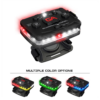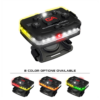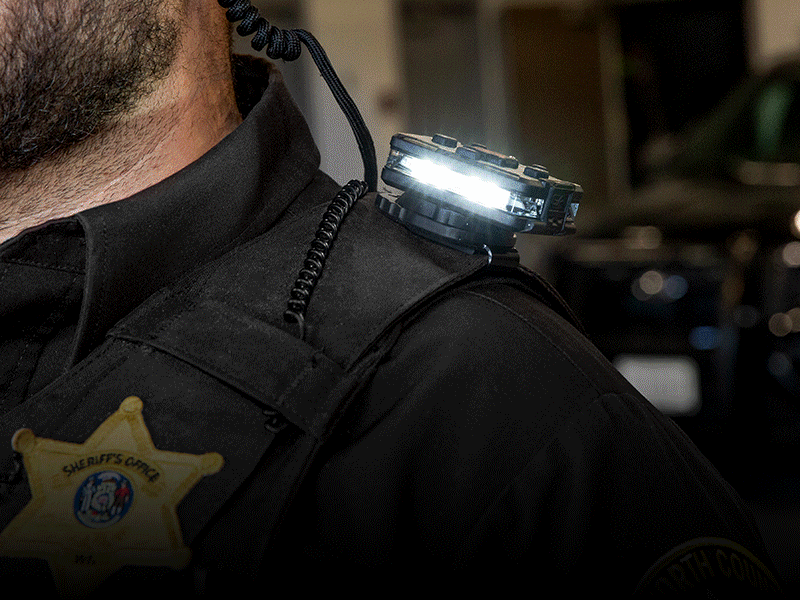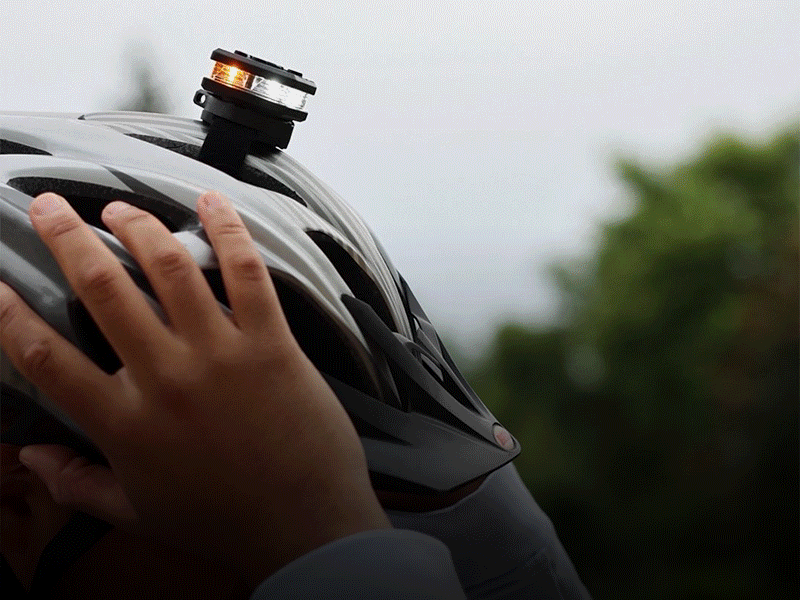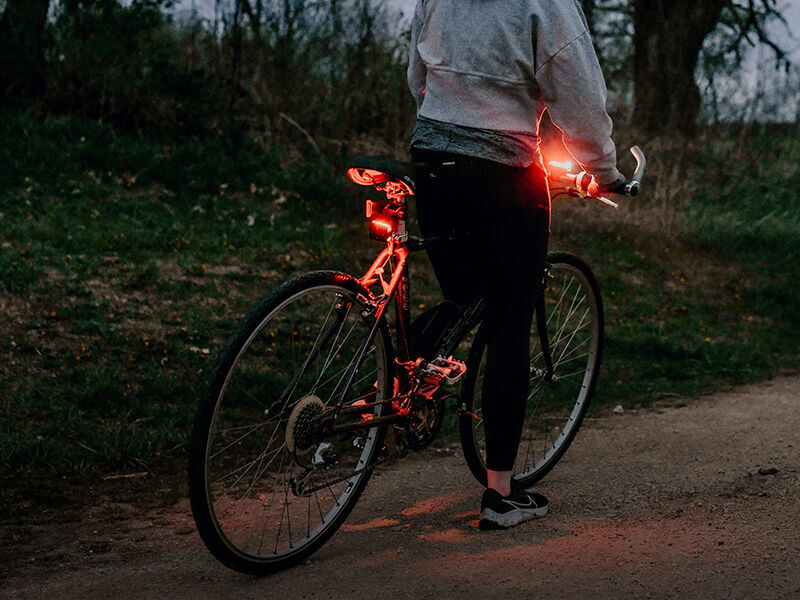How Shortened Daylight Hours Affect Pedestrian Safety
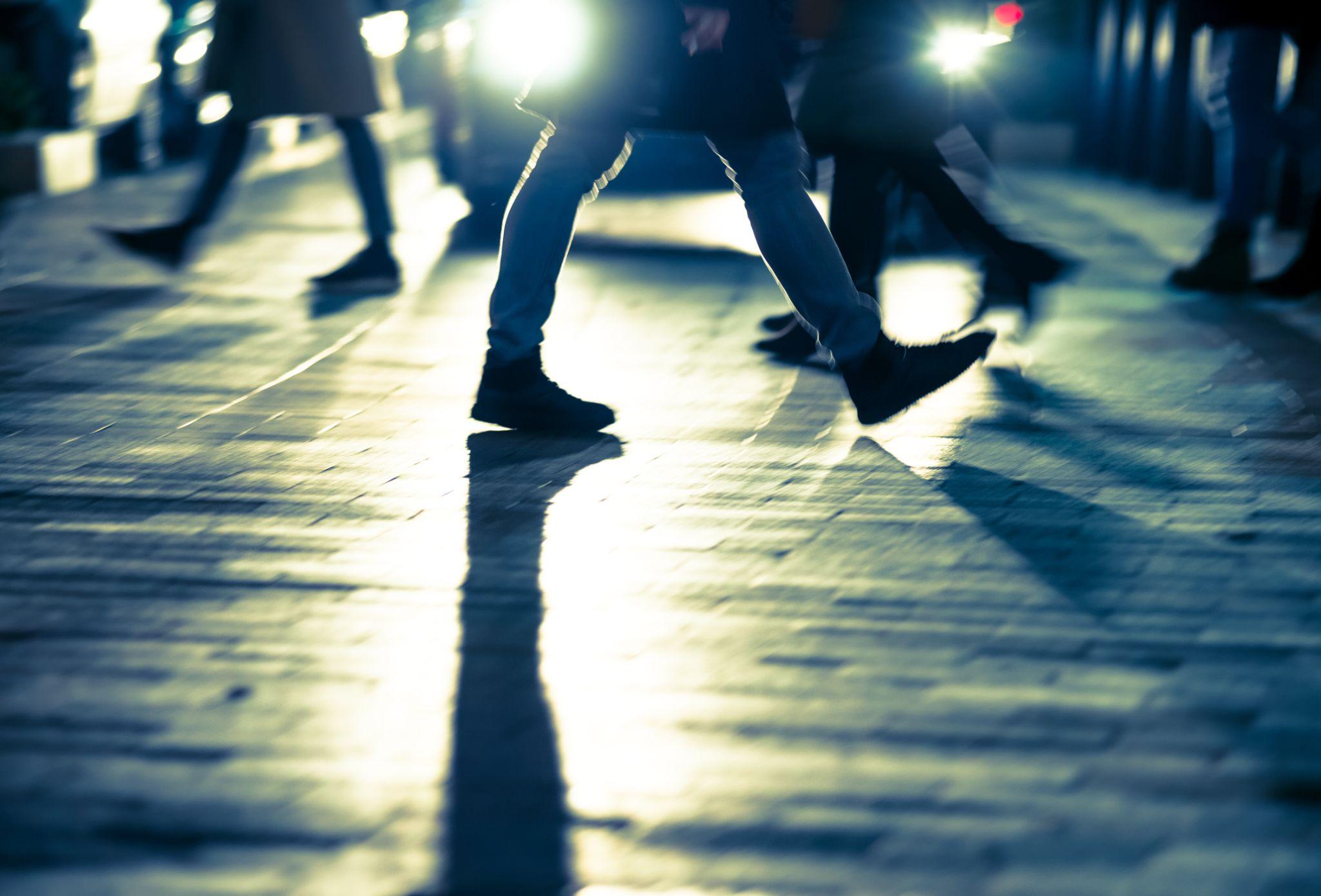
As the days grow shorter in the fall and winter months, pedestrian safety becomes a greater concern. With reduced daylight hours, pedestrians and drivers face increased risks due to decreased visibility, higher traffic volumes during peak commute times, and unpredictable weather conditions.
Understanding these risks and taking proactive safety measures can help you avoid accidents during the darker months of the year.
The Impact of Reduced Daylight on Pedestrian Safety
Data shows that a large percentage of pedestrian fatalities occur during the evening hours when natural light is scarce.1
During the winter months (December to February), more than one-third (36%) of pedestrian fatalities occur between 6-8:59 p.m., with another 17% happening between 9-11:59 p.m.1
Similarly, during the fall months (September to November), 30% of pedestrian fatalities occur from 6-8:59 p.m., and 22% occur between 9-11:59 p.m. These statistics highlight how early nightfall creates hazardous conditions for pedestrians.1
Challenges for Drivers
Shortened daylight hours make it more difficult for drivers to spot pedestrians, particularly in areas with poor lighting.
Factors such as glare from oncoming headlights, reflections on wet road surfaces, and decreased peripheral vision in the dark, all contribute to reduced driver awareness and pedestrian safety.
Risks for Pedestrians
Pedestrians are at a greater risk of being overlooked when daylight fades. Anyone wearing dark clothing is difficult for drivers to see, increasing the likelihood of accidents.
Poorly lit crosswalks and intersections also pose significant threats to pedestrian safety. Roadways with lower lighting levels have a higher frequency of nighttime pedestrian crashes than areas with better illumination.2
These trends underscore the importance of well-lit pedestrian pathways and increased visibility for those walking after dark.
Contributing Factors to Higher Pedestrian Risk in Low Light
As daylight hours decrease, several factors raise the likelihood of pedestrian accidents:
- Rush Hour Overlaps with Darkness: High pedestrian and vehicle traffic between 6-8:59 p.m. heightens accident risks.1,2
- Poor Weather Conditions: Rain, fog, and snow reduce visibility, while wet roads and obstacles like snowbanks force pedestrians into unsafe areas.
- Distracted Driving and Walking: Drivers using phones or adjusting controls may not see pedestrians, while pedestrians on their phones or wearing headphones may not notice approaching vehicles.
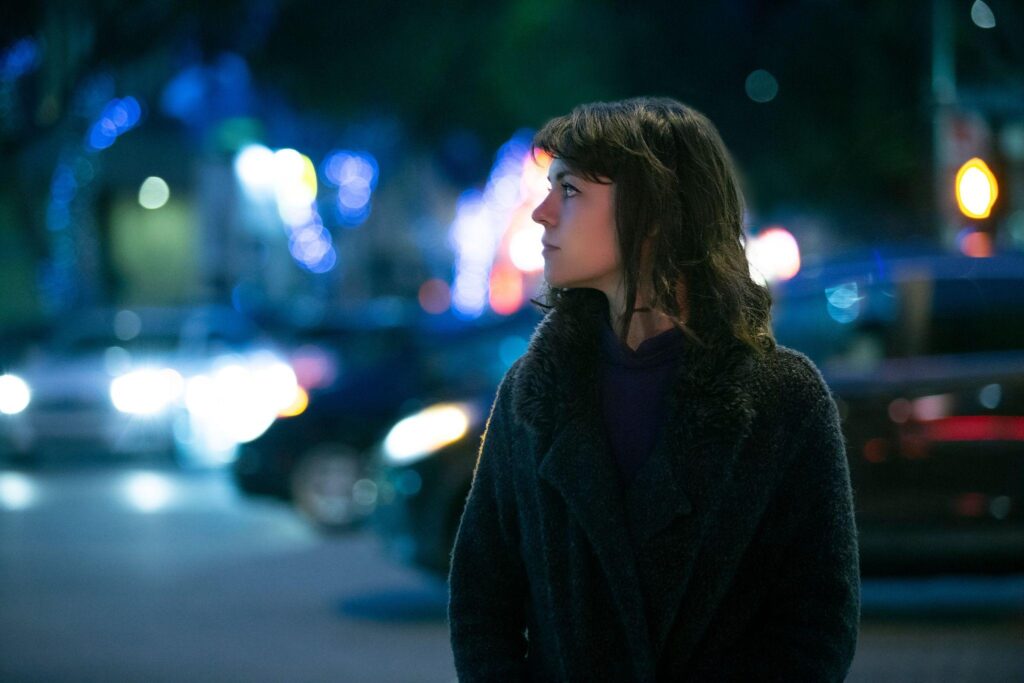
Fall and Winter Pedestrian Safety Tips
These pedestrian safety tips will help you stay visible, aware, and protected while walking in low-light conditions:
1. Wear Reflective and Bright Clothing
One of the easiest ways you can improve your visibility is by wearing bright or reflective clothing. Light-colored jackets, reflective vests, and accessories such as armbands or backpacks with reflective strips can help make you more noticeable to drivers.
2. Use Properly Lit Crosswalks
Whenever possible, you should cross streets at well-lit intersections and designated crosswalks. Poorly lit areas increase the possibility of accidents, so choosing routes with ample street lighting can significantly enhance your safety.
3. Stay Alert and Avoid Distractions
Be vigilant and avoid distractions such as texting or wearing noise-canceling headphones while you’re out walking. Keeping your eyes and ears open for approaching vehicles can help prevent accidents.
4. Follow Traffic Signals and Laws
Always cross streets at designated areas, obey walk signals, and make eye contact with drivers before crossing. Avoiding jaywalking and ensuring drivers see you before stepping into the road can sharply reduce your risk of being struck by a vehicle.
5. Carry a Light
A light for night walking is a small but powerful safety measure in times of reduced visibility. Wearable lights are a night-walking favorite, as you can easily attach them to your wrist, clothing, or backpack to provide added visibility in low-light conditions. Guardian Angel wearable safety lights are ideal for nighttime pedestrians.
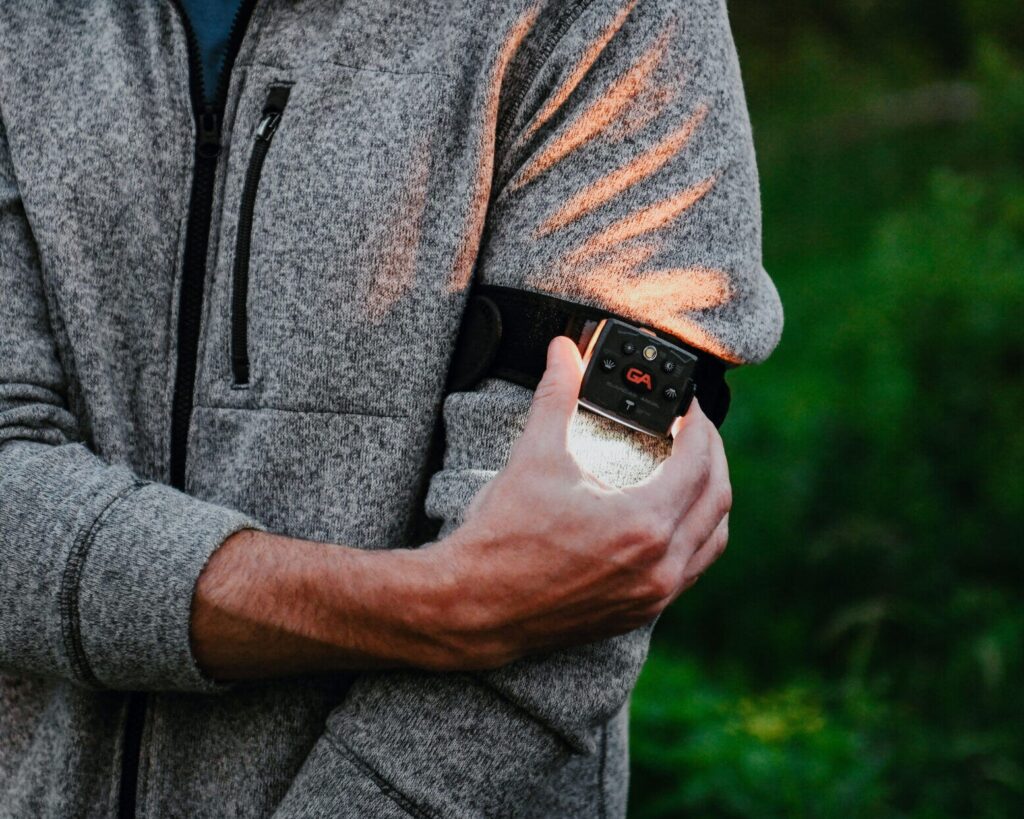
Stay Safe During Reduced Daylight Hours
The Guardian Angel Micro Series™ is the perfect light for walking at night, providing 360° illumination, ensuring you’re visible to drivers from all directions, even in the darkest conditions. Our wearable lights are lightweight, rechargeable, and weatherproof. They easily attach to clothing, bags, or even dog collars for enhanced safety.
Whether you’re commuting, jogging, or walking the dog, take control of your visibility and stay safe on the roads this season.
Sources:
1. U.S. Department of Transportation. Traffic Safety Facts 2022 Data: Pedestrians.
2. FHWA Highway Safety Programs. Pedestrian Lighting Primer.
